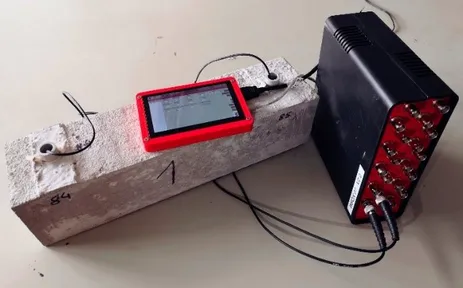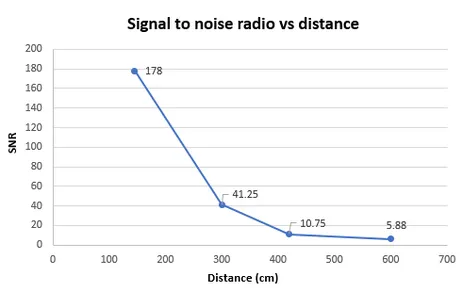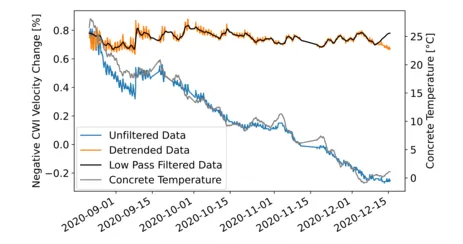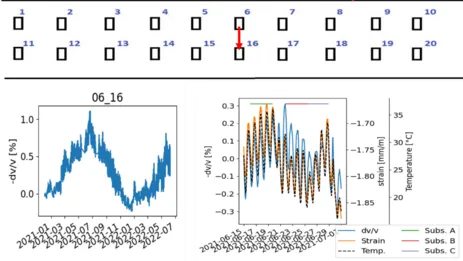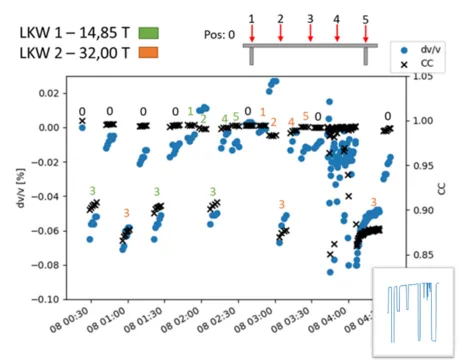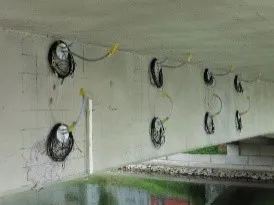Coda wave based ultrasonic methods for concrete - Extending the capabilities by using 3D information combination with acoustic emission and exploitation of additional features towards the application on real structures
Within CoDA, BAM is at the intersection of experimental groups and theoretical method development. While providing knowledge about instrumentation and equipment for measurements, we aim for the development of new data evaluation methods to support the CoDA groups goal of concrete damage assessment in infrastructure.
Project description
For the second phase of the project, BAM has 4 main areas: to expand the imaging methods, to differentiate environmental variations from damage and load effects, to apply these technologies to real structures, and to provide all the instrumentation needed for the experiments that CoDA project will make.
Regarding the imaging methods, three main work-areas are established for the second phase. The first one is to adapt our methods from 2D to 3D structures. Second, to better understand the waves propagating in the media by adding three-component receivers in the simulations and experiments. Third, since a combination of NDT methods has always proven advantageous to monitor structures, a combination of ultrasonic sensors with Acoustic Emission will be explored.
Regarding the environmental variations, the idea is to establish a base procedure to differentiate the velocity variations induced by environmental changes from the variations caused by load and damage. Besides this, another environmental effect has caught our attention: If the damage to the structure increases, the gradient of coda wave velocity vs temperature is affected. This opens a new path to explore. The idea would be to assess the damage level of a structure depending on this gradient.
Previous Results
In funding phase 1, the focus was essentially on the following main topics:
· Instrumentation - sensors and measuring devices including software
· CWI Data evaluation - Laboratory and field experiments
In addition, with the Gänstorbrücke - Ulm, an existing structure was instrumented, which is available for testing the measurement and analysis tools on the real structure. At the Gänstorbrücke, 24 sensors were embedded, which have been actively monitoring ultrasound since the end of 2020.
Instrumentation - sensors and measuring devices including software
With the further development of BAM's own measuring apparatus "W-Box" (Fig 1), numerous experiments at TUM 1 could be supported and the monitoring system at the Gänstorbrücke could be operated. The improvements in the design of the components led to a reduction in the susceptibility to errors and an improvement in signal quality (Fig 2). As tested on the Goose Gate Bridge, after special data post-processing and filtering, coda wave analyses can now be carried out at a distance of up to c.a. 3 m and clear signals can be detected up to 6 meters. On the sensor side, the embedding procedure for existing structures has been optimized so that many sensors can be embedded safely and quickly in existing structures, whether overhead, horizontally, or over water.
CWI Data evaluation - laboratory and field experiments
In order to evaluate the possibilities of structural monitoring using CWI, a selection of evaluation methods and strategies for dealing with unwanted external influences on the structures, such as temperatures or short-term load influences, is needed. During the preliminary tests in climatic chambers and at the BAM test site TTS in Horstwalde, the possibility of temperature correction was first investigated; especially daily variations can be eliminated by filtering, e.g. in the frequency range (Fig3). In operation at the Goose Gate Bridge, the causal relationship between temperature changes, strain and ultrasonic velocity could then be investigated with the aid of voltage measurements, whereby an increase in temperature leads to a reduction in strain and a slight but not insignificant reduction in velocity.
Also, at the Gänstorbrücke, the influences of unexpected and temporary loads on the structure and thus the monitoring results were investigated. It was found that stress is detected and localized by the measuring system and has a long-term influence on the structure (Fig. 5), but the changes are mostly completely reversible and short-term and of the same magnitude as temperature influences, which makes it difficult to distinguish between these two disturbing influences
